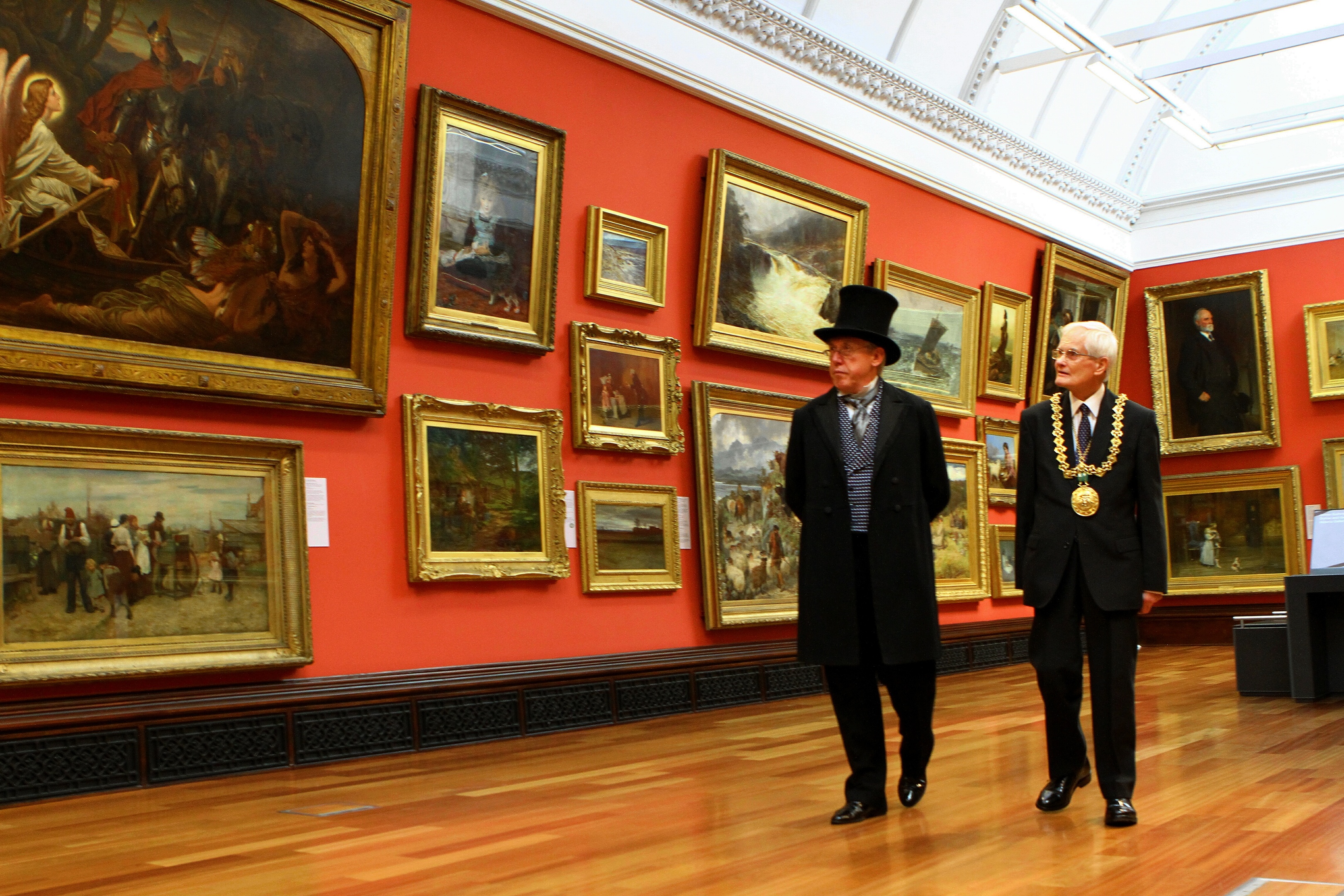A project has been launched to collect information on the original 168 funders of Dundee’s McManus Art Gallery & Museum.
McManus 168, a supporters group which aims to to bring communities together to celebrate the museum, is collaborating with two of Scotland’s most prominent historians to dig up as much detail as possible on the original subscribers.
Founded in 1867, the museum was originally called the Albert Institute, with grocers, hecklers, waiters, ship’s chandlers, dyers, bleachers and flax spinners among the city’s residents to contribute small sums to make it a reality.
Professor of Economic and Social History at the University of Glasgow, Jim Tomlinson, and Chris Whatley, professor of Scottish History at University of Dundee, will work on the project with a number of specialists and archivists alongside the volunteers.
Professor Whatley said very little is known about the “middle class” donors which “spearheaded” the campaign to establish the McManus.
He said: “Funding for the Albert Institute, came largely from private, voluntary subscriptions in the community.
“In the forefront were the owners of Dundee’s linen and jute works. But as striking were the contributions that came from the pockets of the people. The bulk of the subscriptions came from what today we’d call the middle classes: the proprietors of small businesses, merchants, lawyers, teachers and the like.
“But about them we know very little. Yet these were the people who spearheaded the campaign for the Albert Institute – envisaged as a library and art gallery for the city’s inhabitants.
“It is intended to discover who the subscribers to this hugely ambitious building were, and what motivated them to contribute.
“It will also celebrate and commemorate them as vital but too long overlooked figures in the making of modern Dundee.”
The project is part of the celebrations to mark the 150th anniversary of the museum being established in 1867 and has been funded with a £10,000 grant by Heritage Lottery.
Sue Moody, chair of the Project Planning Team, added: “This project is about bringing people together to enjoy exploring Dundee’s heritage.
“We know all about big money donors such as Duke Barons but we know very little about the contributions from people in the community.
“Anyone can take part — everyone who does will contribute to a lasting legacy for The McManus, still going strong after 150 years. For this project all you need is enthusiasm and an interest in the past.
“We have volunteers from all over Dundee, from Whitfield to Lochee.”
The effort was launched yesterday in a ceremony at the McManus with new Lord Provost Ian Borthwick in attendance alongside members of the supporters group.
Anyone interested in taking part in the McManus 168 project or wants to hear more can contact Sue Moody at moodysue784@gmail.com
